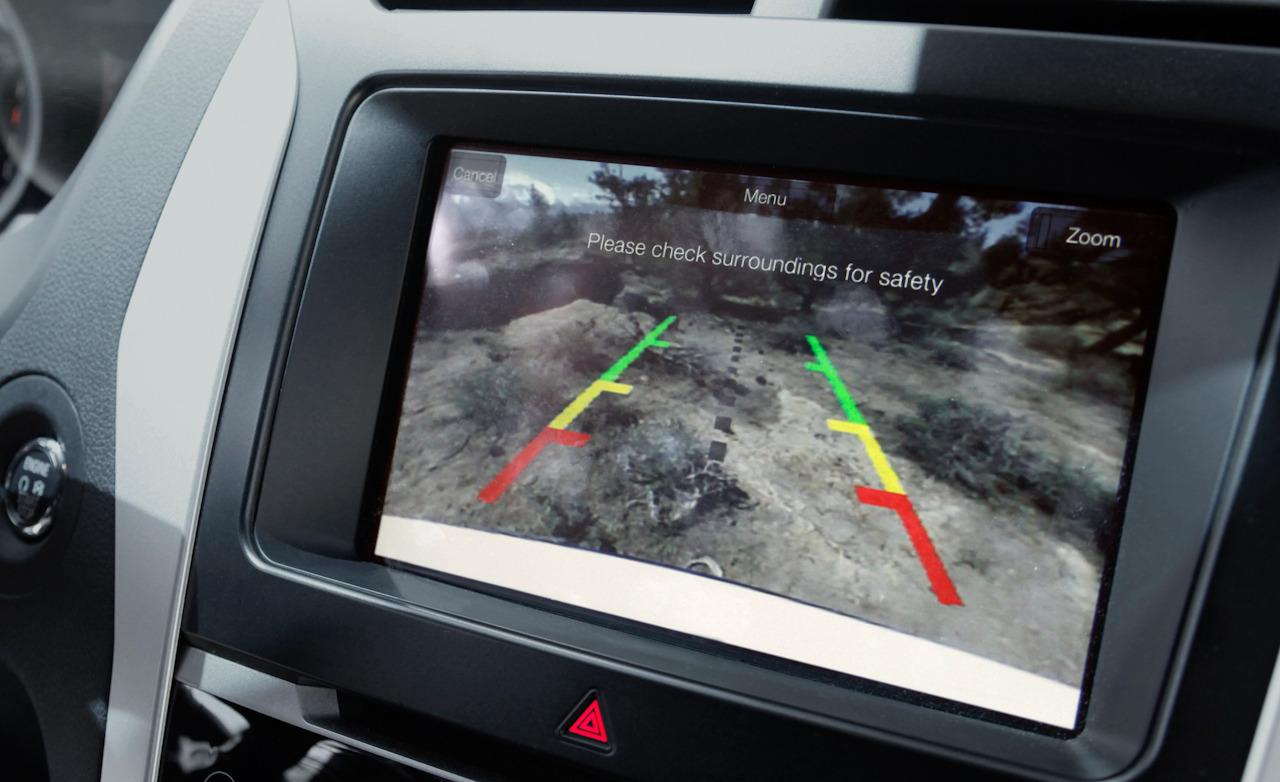Introduction:
A backup or rearview camera has become an indispensable safety feature in modern vehicles. Its role in preventing accidents and ensuring a clear view while reversing is undeniable. However, when your back up camera stops functioning, it can be frustrating and potentially hazardous. This post aims to assist vehicle owners who are experiencing issues with their backup cameras, providing insights into possible causes and practical solutions. Our target audience includes car owners, DIY enthusiasts, and anyone seeking guidance on how to troubleshoot and maintain their backup camera systems.
1. Understanding the Basics of Backup Cameras
Backup cameras are a crucial component in modern vehicles, designed to aid in backing up by providing a clear view of the area behind the car. Also known as rearview cameras or reversing cameras, these devices have become increasingly common due to their role in preventing accidents and enhancing driver convenience. In 2018, the United States National Highway Traffic Safety Administration (NHTSA) mandated that all new vehicles under 10,000 pounds include a backup camera system, highlighting their importance in automotive safety standards.

How Backup Cameras Work
Backup cameras are typically mounted at the rear of the vehicle, positioned in such a way as to give the driver a wide-angle view of the space behind the car. When the vehicle is put into reverse, the backup camera system activates, sending a live video feed to a monitor located in the vehicle’s dashboard, rearview mirror, or central console. This visual aid allows drivers to see obstacles that might not be visible using mirrors alone, such as low-lying objects, small animals, or even young children.
The technology behind these cameras might seem simple, but it involves a sophisticated interplay of components:
- Camera Lens: This is the eye of the system, providing real-time images of the rear area. It’s often equipped with infrared capabilities to enhance visibility in low-light conditions.
- Monitor/Display Screen: This screen displays the images captured by the camera. Modern systems often use LCD or LED displays for higher image quality.
- Wiring or Wireless Transmitter: The connection between the camera and the monitor can be made through wires or via a wireless transmitter. Wired connections are generally more reliable and free from potential interference, while wireless systems are easier to install.
- Control Unit: This is the brain of the backup camera system, processing the video feed and activating the display when the car is in reverse.
- Vehicle Integration: Backup cameras are integrated into the vehicle’s systems, designed to automatically activate when reversing. This connection typically involves the vehicle’s gear selection system, which triggers the camera when the reverse gear is engaged.
Benefits of Backup Cameras
The primary benefit of backup cameras is increased safety. By providing a clear view of the area behind the vehicle, these cameras help prevent accidents caused by backing into objects, animals, or people. They are especially useful in SUVs and other large vehicles with significant blind spots. Backup cameras also contribute to:
- Easier Parking: They make parallel parking and reversing into parking spots simpler by offering a better view of the parking space and any surrounding obstacles.
- Confidence: Drivers feel more confident when they can see what’s behind them. And leading to a safer and less stressful driving experience.
- Convenience: For those who tow trailers or boats, backup cameras can be an invaluable tool for connecting a hitch without requiring assistance.
2. Common Reasons Why Your Backup Camera Isn’t Working
a. Camera Lens Obstruction
One of the simplest explanations might be that the camera lens is dirty or obstructed by debris. Regular cleaning and maintenance can prevent this issue.
b. Faulty Wiring or Connection Issues
Damage to the wiring harness or loose connections can disrupt the signal flow between the camera and the display. Check for visible signs of wear, cuts, or corrosion.
c. Software Glitches
Sometimes, the problem may lie in software bugs or outdated firmware. A visit to your dealership for an update might resolve the issue.
d. Defective Monitor or Control Module
The display monitor or control module could also malfunction, rendering the camera useless even if it’s working correctly.
Conclusion:
Dealing with a non-working backup camera doesn’t have to be a headache. By following these troubleshooting steps and implementing preventative measures, you can often restore functionality to your system or identify. And where professional assistance is needed. Remember, a properly functioning backup camera plays a crucial role in keeping you, your passengers, and those around you safe while reversing.
